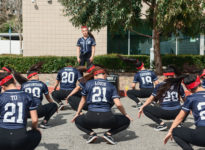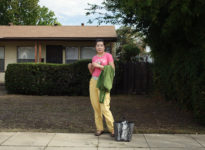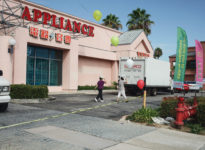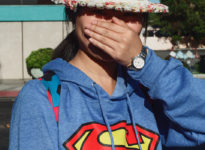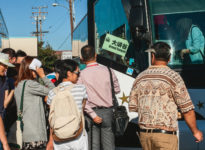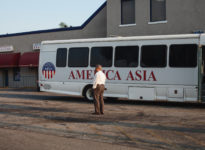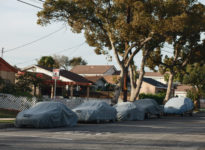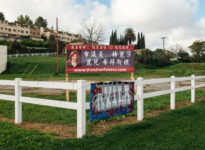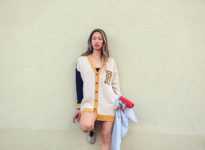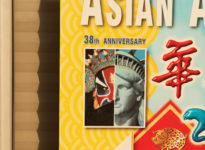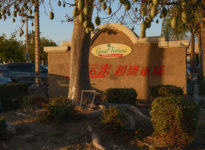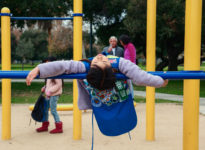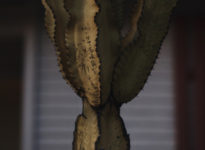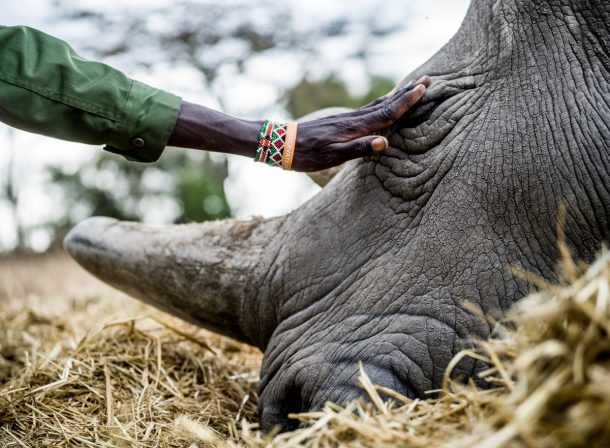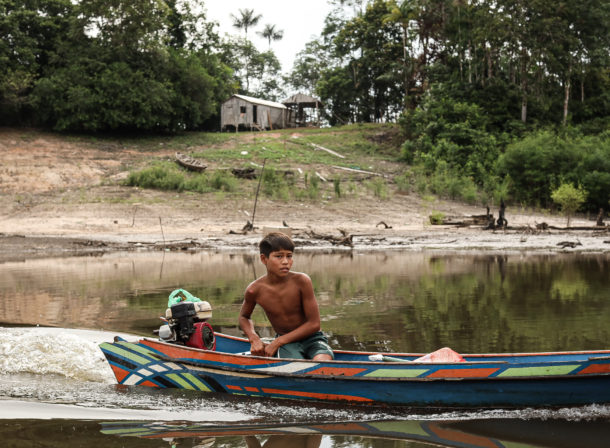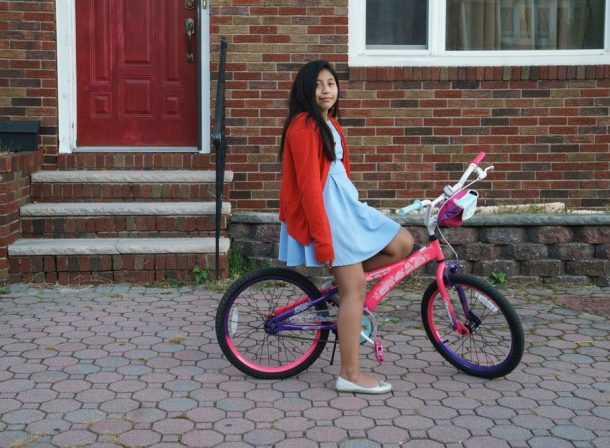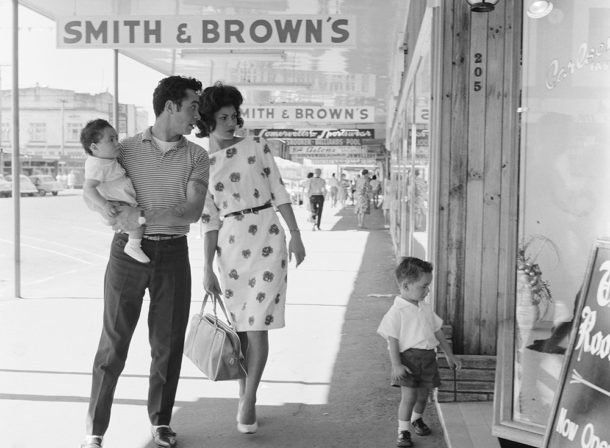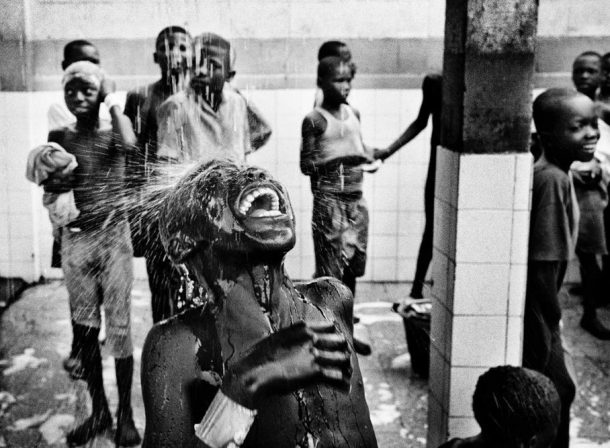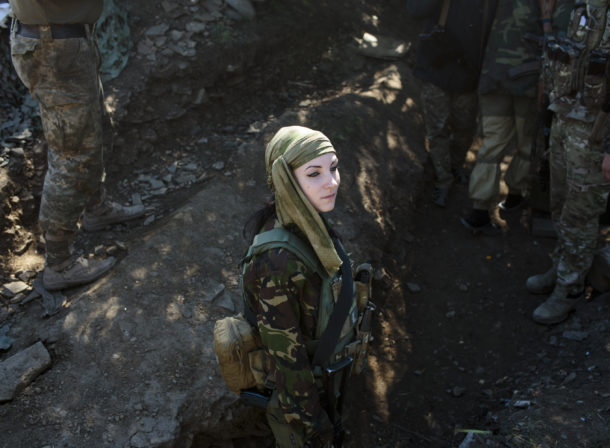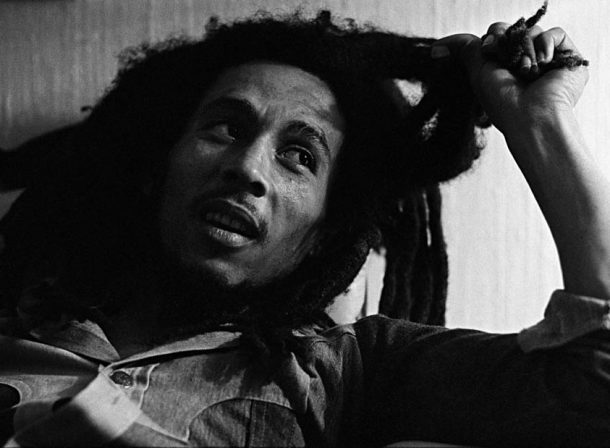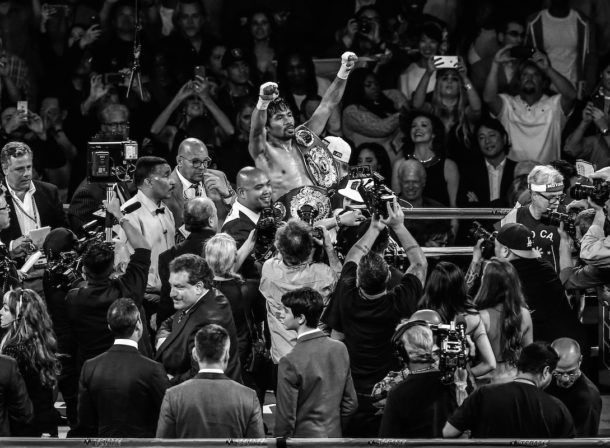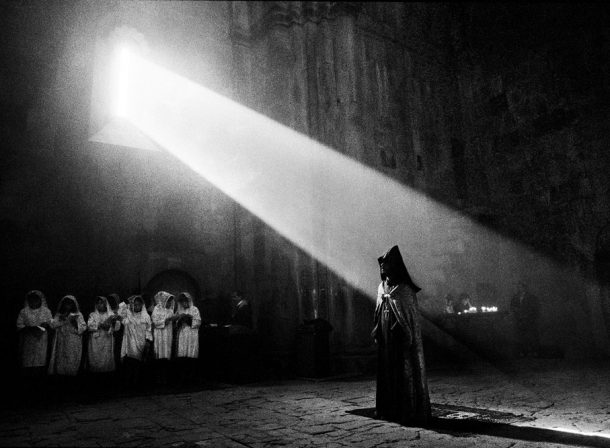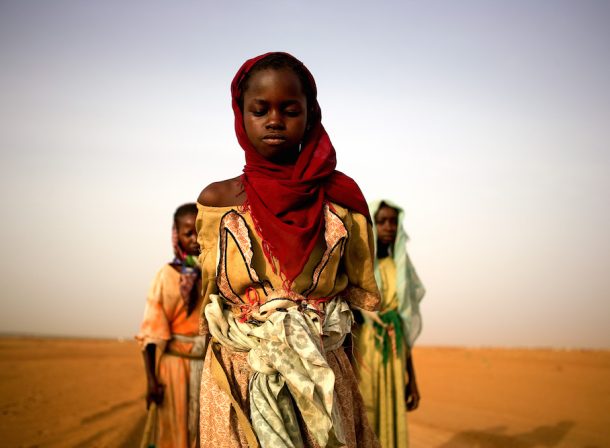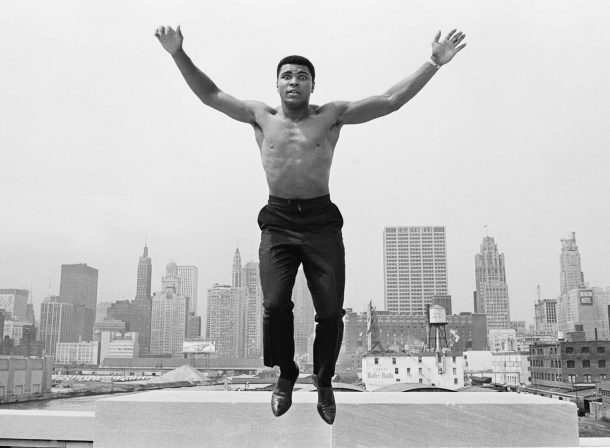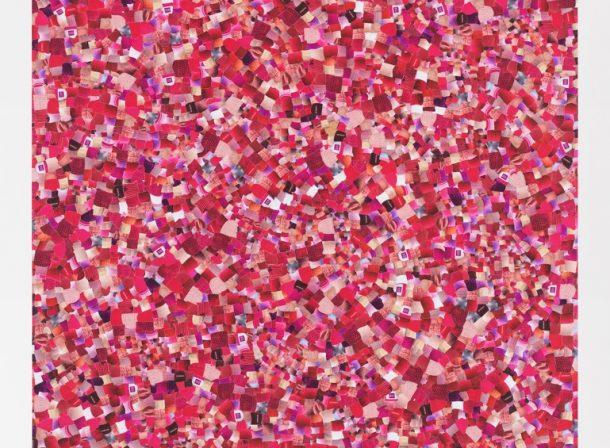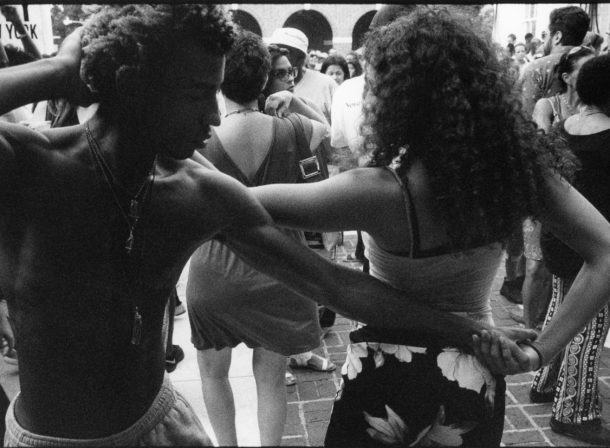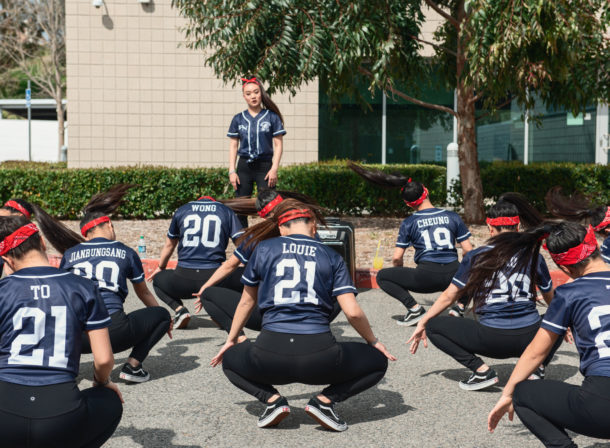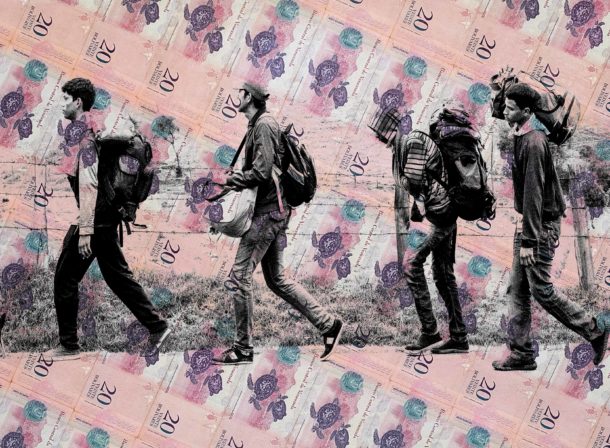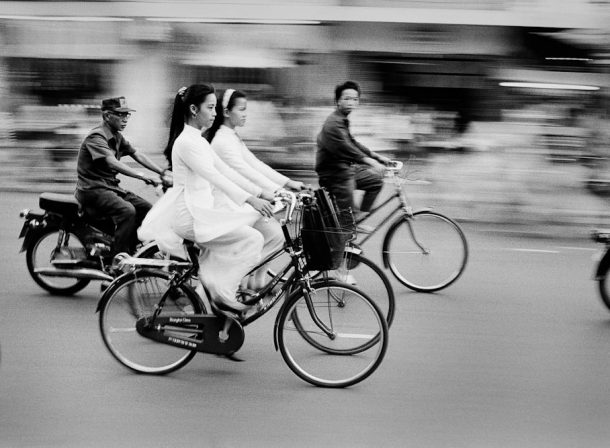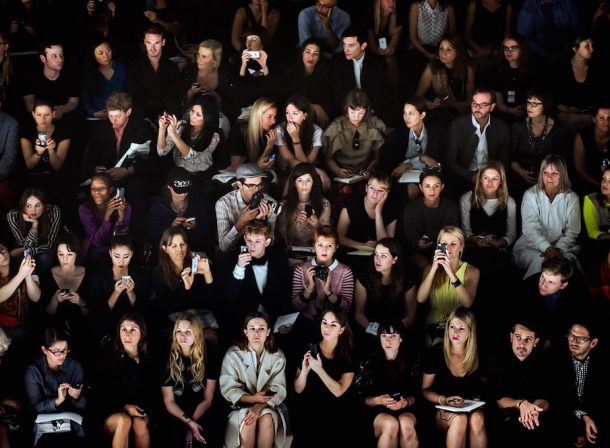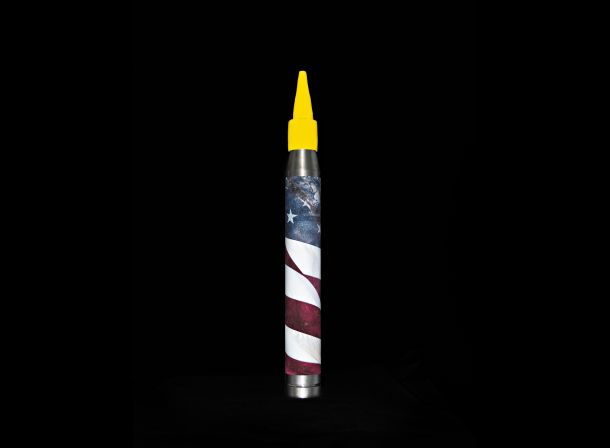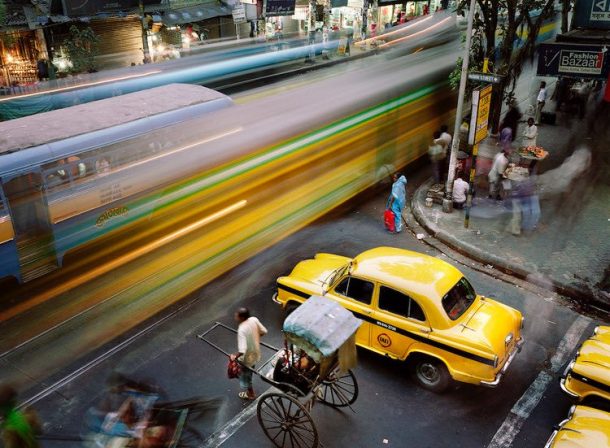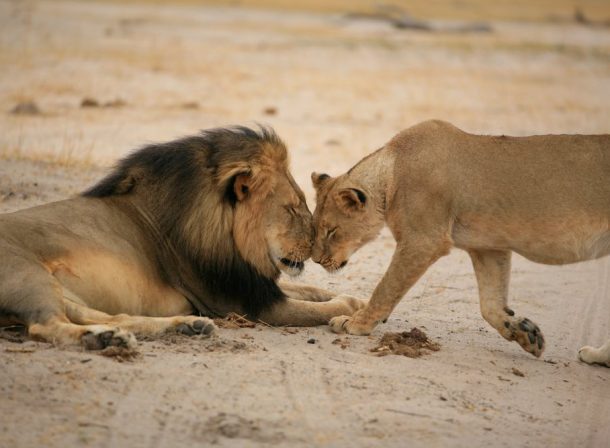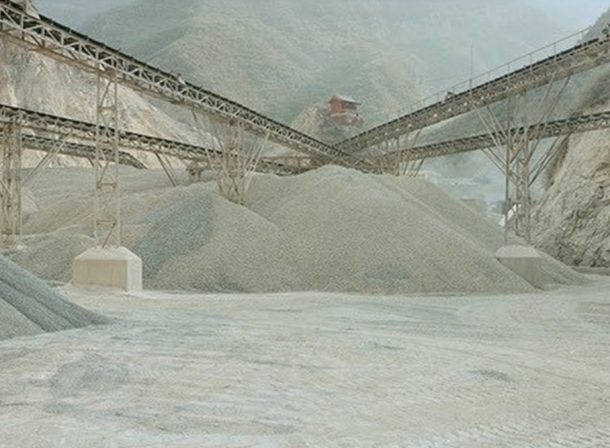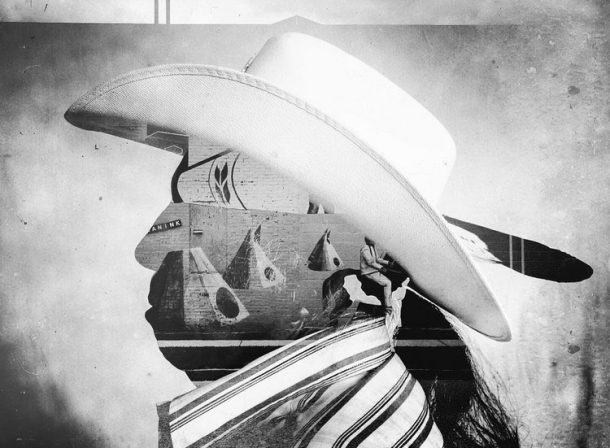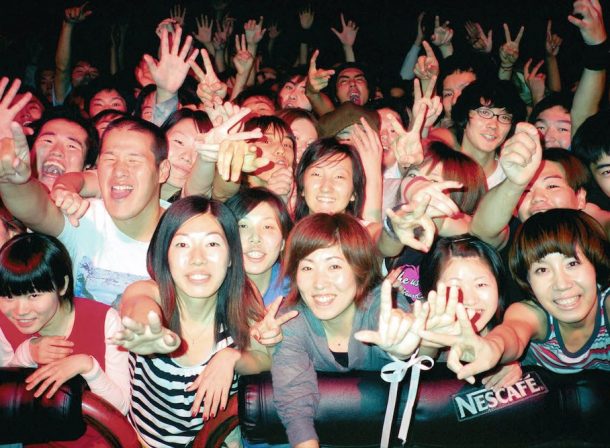
SUBURBAN CHINATOWN
April 27 – July 10, 2021
Suburban Chinatown is part of an ongoing body of work by photographer Jessica Chou that explores daily life in a cluster of majority-Asian suburbs in the San Gabriel Valley, a ten-minute drive east of Los Angeles.
Chou grew up in Monterey Park, the first U.S. city to reach a majority Asian-descent population by 1990 and labelled “the first suburban Chinatown” by sociologist Timothy Fong. While Chou found her upbringing to be typical of a suburban lifestyle, it was apparent that “my relationships and my interior life were drastically different from the lives I read about in books or watched on television, which reflected an idealized white suburbia.”
Despite the integral role Asian immigrants have played in the history of Southern California, their contributions and tribulations are often absent from mainstream accounts. Southern California owes much of its formative infrastructure, agriculture and economy to Asian pioneers, in particular the Chinese, who began to settle en masse after the discovery of gold in 1848.
The San Gabriel Valley remained a predominantly white region until the 1970s, whereby the Immigration and Naturalization Act of 1965 abolished the quota system based on national origin, a residual policy of the previous Exclusion Acts. Today the San Gabriel Valley is one of the most ethnically diverse regions in the United States and more than a quarter of the population are Asian American. According to the 2010 census, the largest populations of Asian Americans are Chinese, Filipino, Vietnamese, Korean, Taiwanese and Japanese.
Through this series, which began in 2013, Chou grapples with the notion of the suburban landscape and how immigrant communities fit into that narrative.
Chou poses questions such as how does the narrative of the California ethos, the suburbs and the American Dream take shape within an Asian community that is largely disconnected or omitted from that history? What does it mean to maintain cultural heritage when it is absent from the physical landscape that it originates from?
For Chou, the intention of Suburban Chinatown is to provide a different entry point into American life for Asian immigrants, one that differs from common perceptions of Chinatowns and their residents. As Chou notes “oftentimes when we think of spaces like Chinatown, there is a timeless, exotic foreignness and otherness that tends to mimic what people want to see. It’s a physical container where Chinese immigrants go to pull themselves from their own bootstraps, work their way up to then shed their cultural identity as they enter the mainstream.”
Instead, Chou seeks to “extract clues in our environment that tell us who we are.” Chou captures subtle moments of Asian and American identities that help to define and shape the experience. This is shown in small details such as the use of color and stylistic twists in clothing or Chinese characters found on the walls of buildings. Or even a cactus – a symbol of the desert and Southern California – graffitied with Chinese and English writing, symbolizing how the immigrant community is settling its roots and grafting its way into the collective memory of the California landscape and American identity.
Chou在蒙特利公園長大,蒙特利公園是美國第一個在1990年代達到亞裔人口占多數的城市,並被社會學家Timothy Fong標記為「第一個郊區唐人街」。當Chou發現她的成長經歷是典型的郊區生活方式時,她提到:「顯然的我的人際關係和內心生活與我在書本上或在電視上看過的理想白人郊區生活完全不同」。
儘管亞裔移民在南加州的歷史中扮演著不可或缺的要角,他們的貢獻和苦難卻常常被主流論述忽略。南加州大部分的基礎建設,農業和經濟都歸功於亞裔拓墾者們,特別是在1848年發現金礦後開始大規模定居的華人。
直到1970年代為止,聖蓋博谷一直是以白人為主的地區,1965年的《移民和國籍法案》廢除了從前《排華法案》遺留下來的國籍配額制度。 時至今日,聖蓋博谷是美國種族最多元化的地區之一,超過四分之一的人口是亞裔美國人。 根據2010年的人口普查,亞裔美國人口中的多數族群包含中國人、菲律賓人、越南人、韓國人,台灣人和日本人。
透過這個始於2013年的攝影計畫,Chou試圖理解移民社區如何融入郊區景觀的論述中。Chou提出了許多問題,例如屬於加州精神的論述與郊區美國夢是如何影響與成形於和該歷史脫節的亞裔社區中? 保存已與其地理根源脫離的文化傳統的意義為何?
對Chou而言,「郊區中國城」的目的是以亞裔移民的角度提供一個理解美國生活的不同切入點,這與普遍大眾對唐人街及其居民的認識有所不同。 正如Chou指出的那樣:「通常我們想到中國城這樣的空間時,那裡存在著人們所期待看到的永恆的,充滿異國風情和他者的疏離性。這是一個實體的空間,華裔移民可以從這裡擺脫自己的困境,努力前進,然後在進入主流時擺脫他們的文化認同。」
然而,Chou抱持著與此不同的觀點,她尋求「從我們的環境中提取出告訴我們自己我們是誰的線索」。Chou捕捉了亞裔和美籍身份的微妙時刻,這些時刻有助於定義和塑造亞裔經驗。 這一點在作品的細節上呈現得很清楚,例如人們身上衣服的顏色和風格上的微調變化或是在建築物外牆上發現的中文字。 甚至是仙人掌 – 沙漠和南加州的象徵 – 都用中文和英文塗鴉,這象徵著亞裔移民如何紮根,如何將自己的生存方式嫁接到對加州風土和美國身份認同的集體記憶中。
Biography
Jessica Chou is a photographer based in Los Angeles and San Francisco. She graduated from the University of California, Los Angeles, with a degree in Middle East History. In her photographic work, Chou is interested in chronicling contemporary events that are shaping conversations around how we understand ourselves. She regularly contributes to publications such as the New York Times, the Atlantic, California Sunday Magazine, and Bloomberg Businessweek, among others. Chou’s work can also be found in the permanent collection of the Tweed Museum of Art, Duluth, Minnesota. Chou was born in 1985 in Taipei, Taiwan, and raised in the suburbs of Los Angeles known as the San Gabriel Valley.
Jessica Chou是位居住在洛杉磯和舊金山的攝影師。 她畢業於加州大學洛杉磯分校的中東歷史學系。 在她的攝影作品中,Chou對記錄形塑與激發我們如何理解自我的對話和當代事件感興趣。 她經常為《紐約時報》、《大西洋》、《加州星期日雜誌》和《彭博商業周刊》等刊物拍攝報導。 Chou的作品也可以在明尼蘇達州杜盧斯的Tweed Museum of Art的永久收藏中找到。 Chou於1985年出生於台灣台北,在洛杉磯郊區的聖蓋博谷(San Gabriel Valley)長大。

